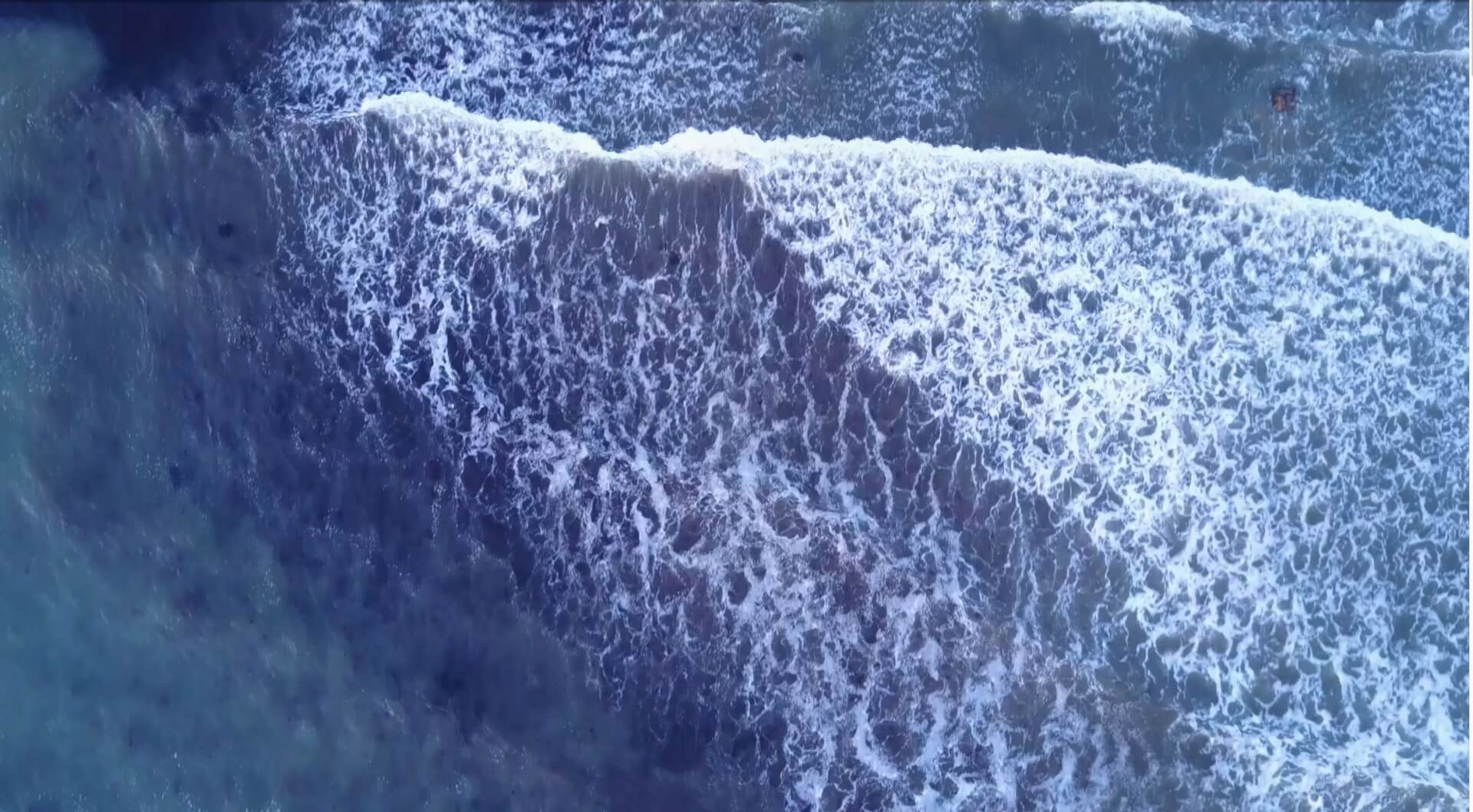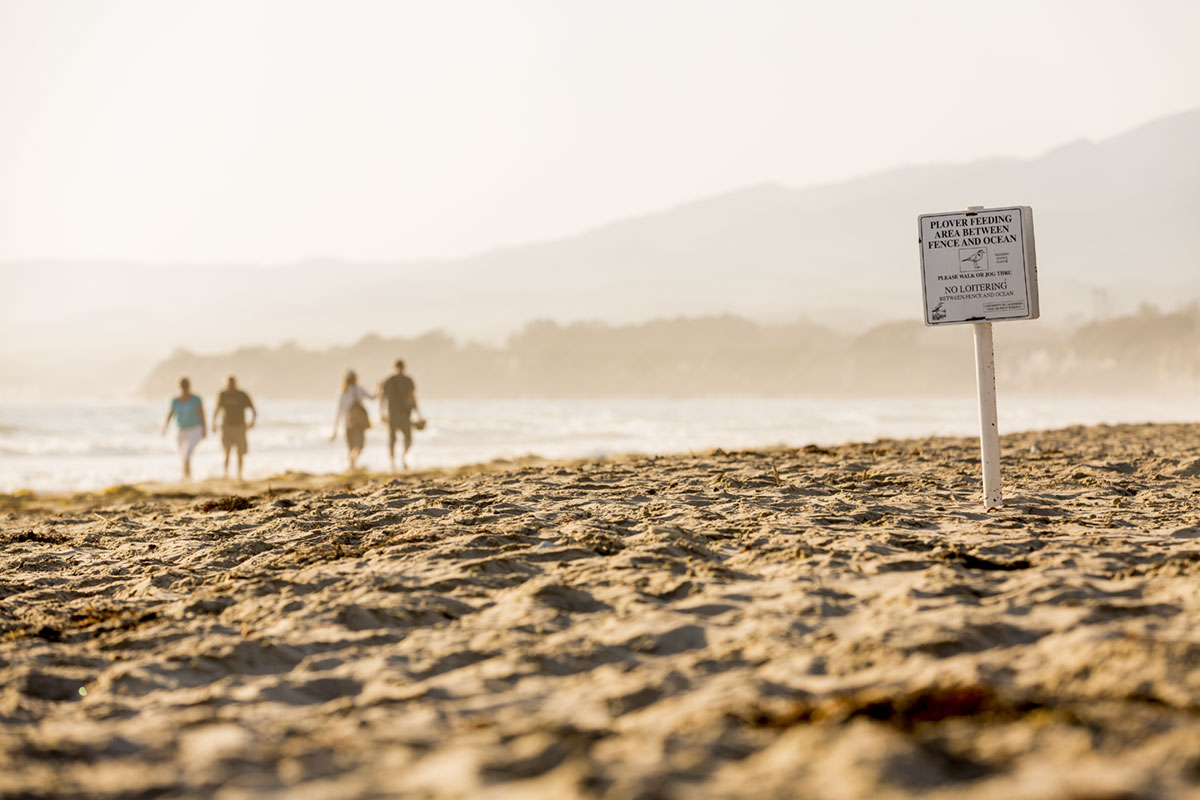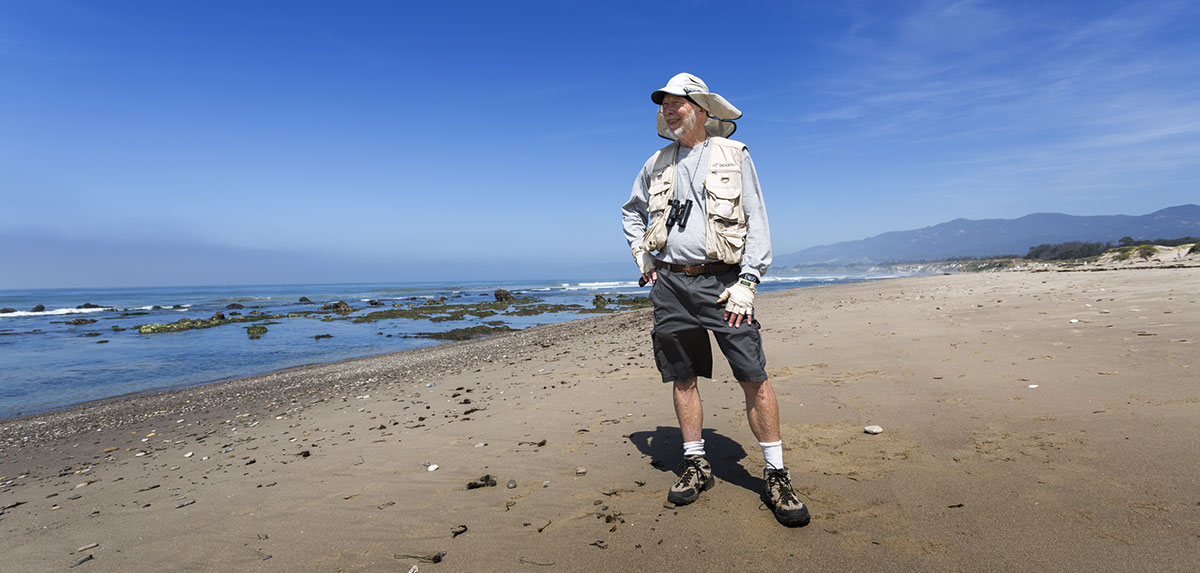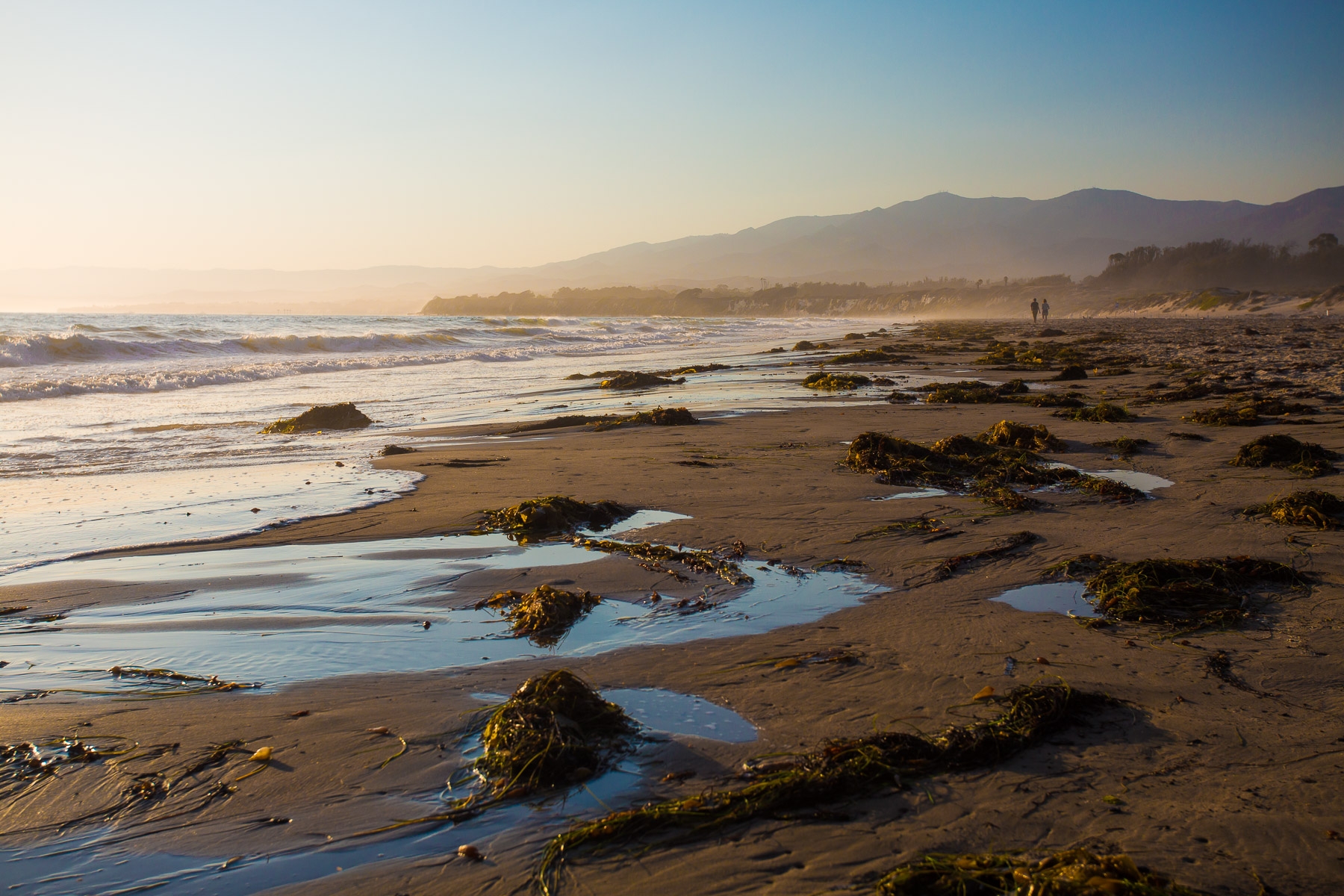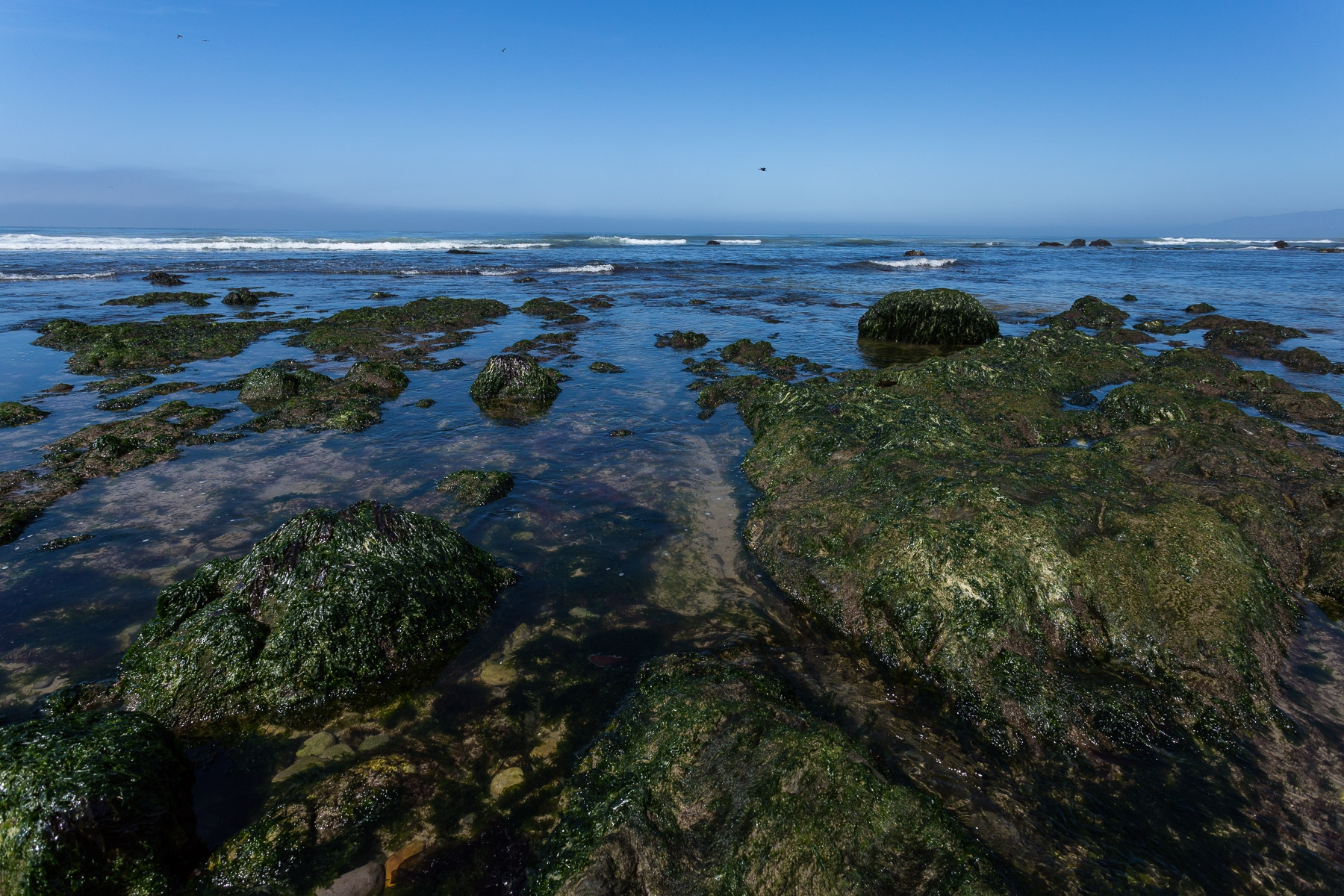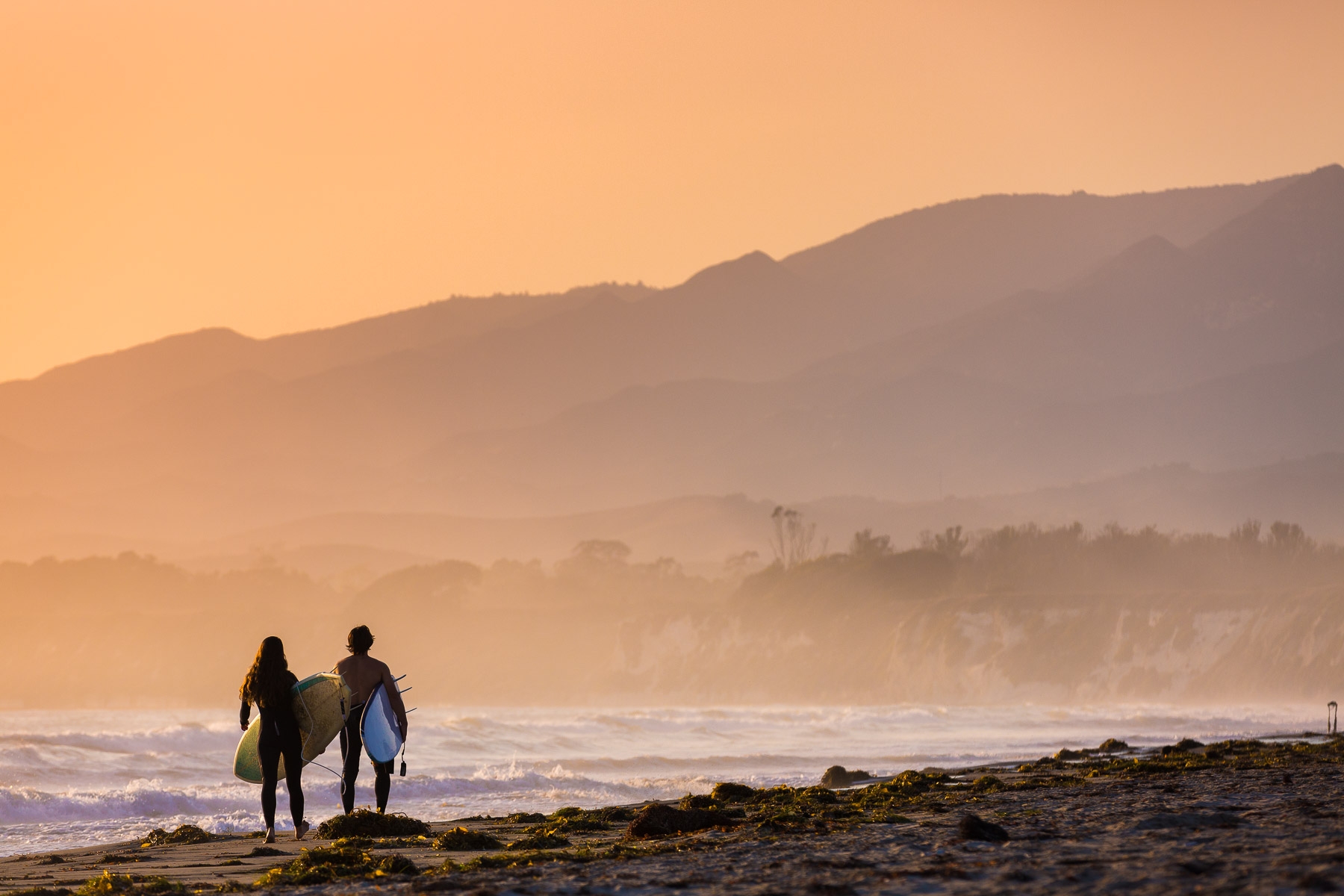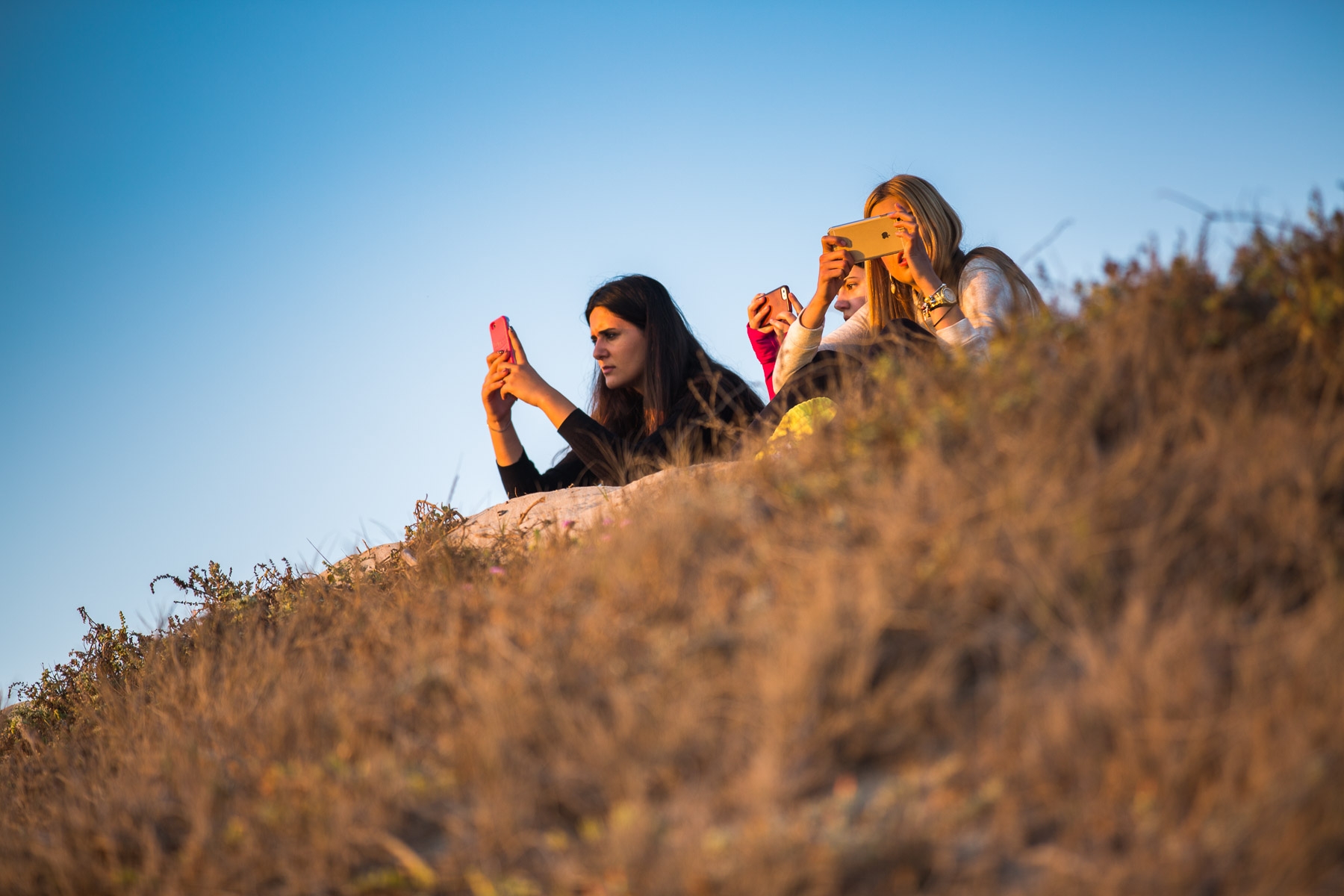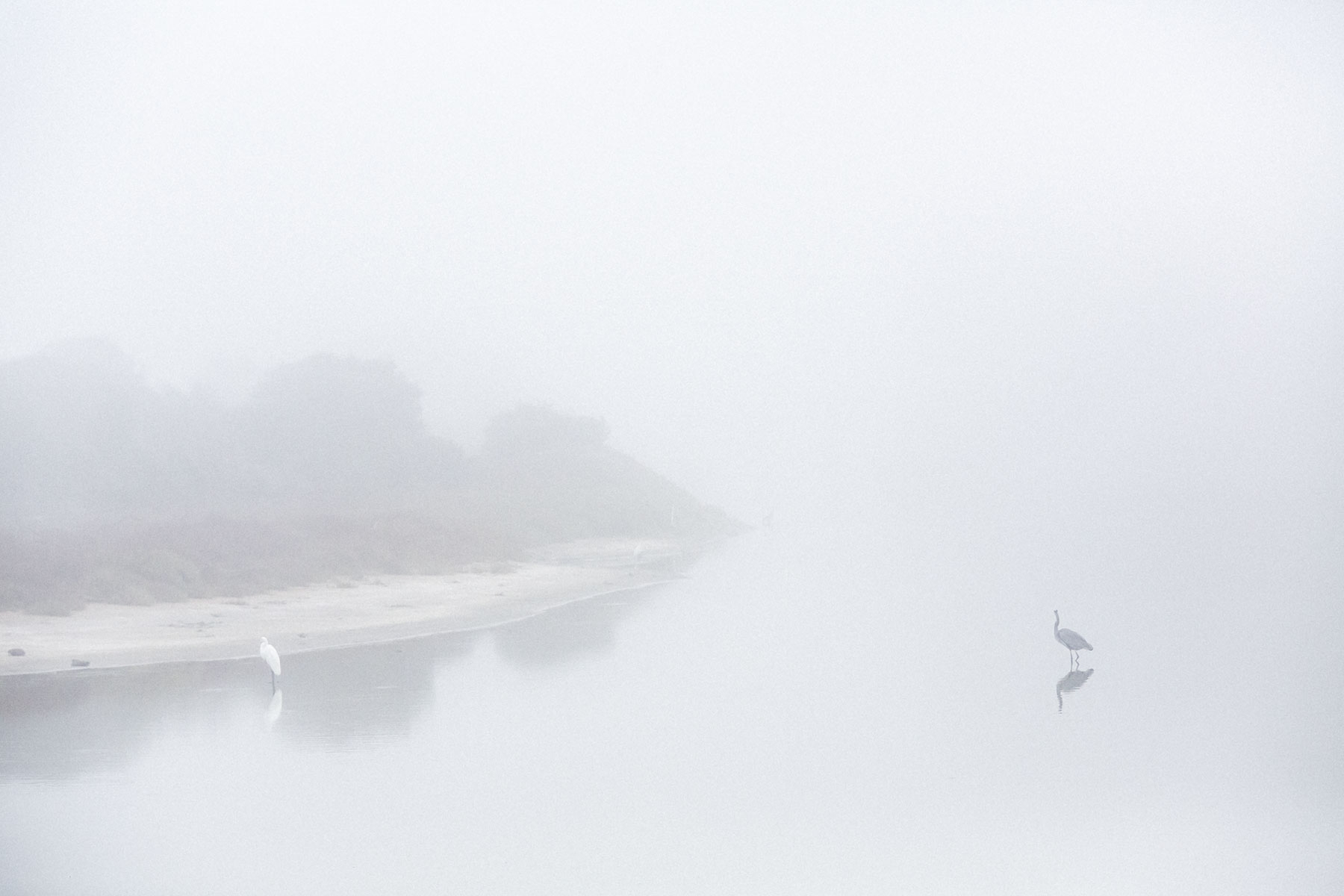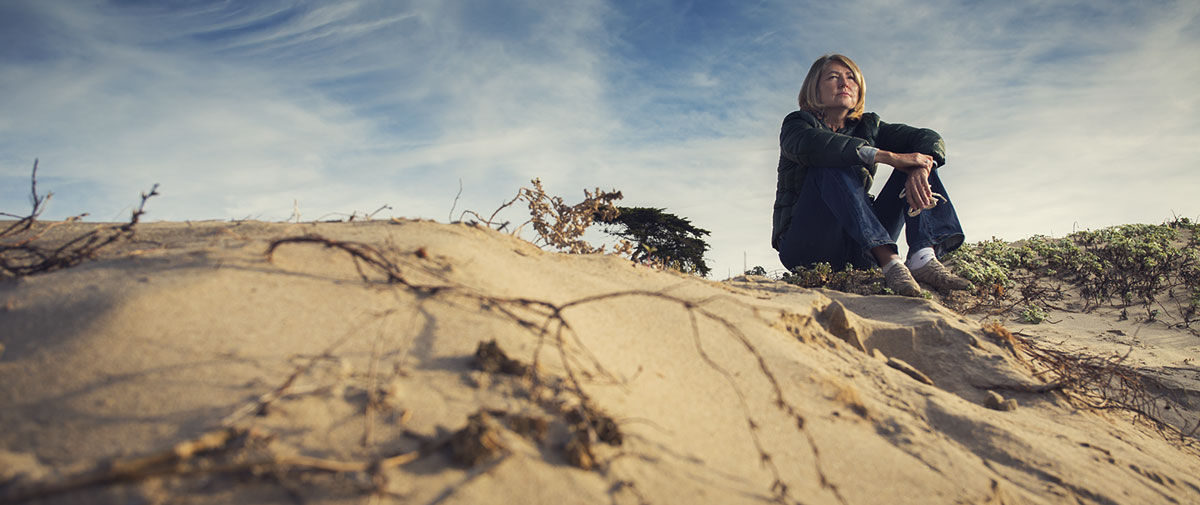‘A Place for Discovery’
Two hours ought to do it. And it’s a modest amount of time to give for the payoff: a riveting, blockbuster performance where the stars — every one of them — are natural wonders. Quite literally.
A single 120-minute walkabout across this 170-acre “stage” features cameos aplenty, by mesmerizing landscapes and fascinating species alike. From vernal pools to wildflower fields to cypress groves, from lizards to lichens to bobcats to a certain barrel-chested shorebird that has made quite a name for itself, there is no shortage of entertainment here.
But in this symphony of nature that is Coal Oil Point Reserve, the undeniable showstopper is the beach. A gleaming, pristine expanse of sand and the glittering Pacific Ocean beckon surfers, runners and photographers, while the infinite ecological details therein attract scientists, scholars and students of every age and interest.
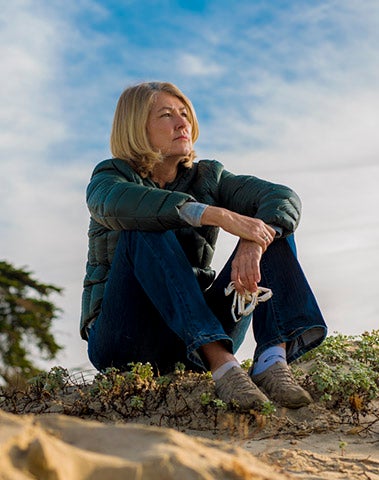
Cris Sandoval, director of Coal Oil Point Reserve.
Photo Credit: MATT PERKO
"This breathtaking view harbors so much to be discovered,” said Cristina Sandoval, director of Coal Oil Point Reserve, one of seven protected sites administered by the UC Santa Barbara Natural Reserve System (UCSB NRS). “Even though we know a lot, there is even more that we don’t. This is a place for discovery, and there is so much to be understood.
“Research of a place like this, with over 1,000 species and so many habitats, will be going on forever,” she added. “Learning about nature is never-ending; the more you learn, the more questions come to you. That’s what makes this job incredibly fun.”
Sandoval started at Coal Oil Point in 1997, co-managing the reserve alongside her husband and fellow scientist Kevin Lafferty, now an accomplished parasitologist and researcher for the U.S. Geological Survey. Both were postdoctoral researchers at UCSB then, and the reserve job was a volunteer gig, coming with a modest stipend.
Still, Sandoval dug in full bore to improve what was then a degraded property, due mostly to human impacts — “trespassing, cars, fires, dogs off leash,” she recalled. She pursued and got “a bunch of grants” for restoration projects, and was named full-time reserve director in 2001.
Sandoval over the years has shepherded the successful restoration of more than 20 acres of wetland margins, vernal pools, coastal sage scrub, dunes and beach habitats. Once in real ecological trouble, these areas all are now self-sustaining and rich in native wildlife.
The ‘wild-urban interface’
Sitting four miles west of UCSB proper, Coal Oil Point is in many ways an extension of the campus. Few reserves are so accessible to so many as this one — a quick bike ride away from major lecture halls and busy labs. And with Sands Beach and several open trails within its boundaries, few are as public.
That’s part of what makes COPR unique — and especially valuable for research, teaching and stewardship — according to Sandoval.
“Coal Oil Point is particularly important because it is a wild-urban interface,” she said. “Here we can study the wild and how humans may alter it. For example, our studies on the impact of human disturbance on nesting snowy plovers showed that the plovers would not nest in areas where people would walk.”
